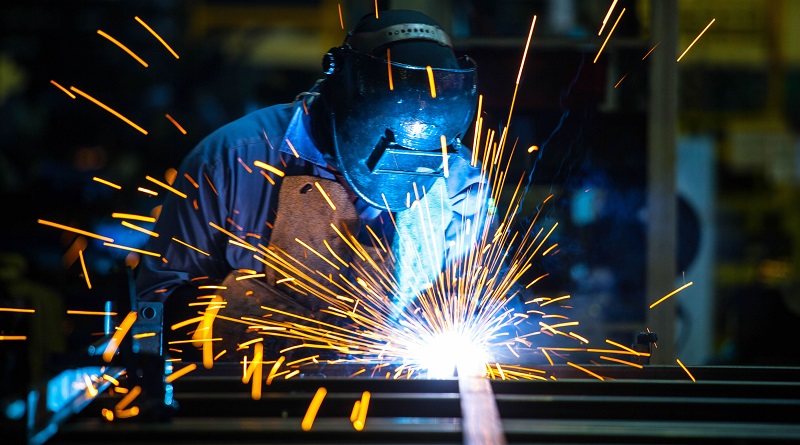Welding PPE: The Necessary Protection to Stay Safe on the Job
As a long time professional welder, my advice for staying safe on the job is to be aware of all the things that could possibly go wrong, and prepare to meet them if they do. Some of the dangers associated with welding include electric shocks, inhaling toxic fumes, skin burns from hot equipment, eye injuries, ear damage from excessive piercing noise and more. For that reason, knowing how to operate the welding tools properly and being equipped with all the right pieces of PPE can ensure that the welder stays as safe as possible. This is what the most essential safety equipment for welding includes.
Face and Eyes Protection
Wearing a helmet with a filter lens and cover plate will protect the welder from piercing brightness, flying sparks and spatter. Make sure that the helmet you choose complies with all the relevant AS/NZ standards regarding welding helmets. According to PPE safety standards, the helmet should be able to completely cover the face, forehead, back of the head, neck, and ears as well as the back of the ears. Also, make sure to wear additional safety glasses with side shields under the helmet to protect your eyes from any chips and flying metal that might ricochet under the helmet.
Head and Ear Protection
If you think that’s all the headwear you need, we’re not done yet. Another essential part of PPE is the welder’s cap. It goes under the helmet and should be 100% fire resistant in order to offer maximum protection to your head and hair from radiation. Sometimes the welding equipment can be extremely loud and for that reason wearing approved ear-plugs or muffs can protect your hearing and prevent ear injuries.
Hand Protection
The hands of the welder always come in close proximity with the metal and welding equipment. Quality, insulated welding gloves can protect the hands from cuts, scratches, sparks, or electric shock. PPE guidelines require all welders to wear gloves that are fire-resistant. The best materials for welding gloves are leather and suede.
Body Protection
Welders should be wearing complete body jumpsuits made of wool or heavy cotton and which are oil free. Choose clothing that covers all areas of the body and does not leave any skin exposed. Make sure you button the cuffs and collar so that your neck and arms are protected from the radiation. The pants should overlap the top of your boots. Make sure to keep your clothes dry which prevents the risk from electric shock. Even beneath the jumpsuit, do not wear any synthetic fabrics which under high temperature may stick to your skin and cause serious burns.
Respiratory Protection
When heavy metals are being fused together, there are also a lot of heavy fumes emitted in the air. These can be very harmful to a person’s health resulting in metal fume fever, stomach ulcers, kidney damage, even nervous system damage. There are a number of respirator options suitable for various welding applications. The respirator has a particulate filter which enables the person to breathe without inhaling the solid particles from welding in the air. There are also gas and vapour cartridges which prevent absorption of carbon and other fumes. It’s important to check whether the cartridge is appropriate for the specific kind of fumes that are emitted during welding applications. There are cartridges used for preventing organic vapour, acid gas, and both organic vapour and acid gas.

